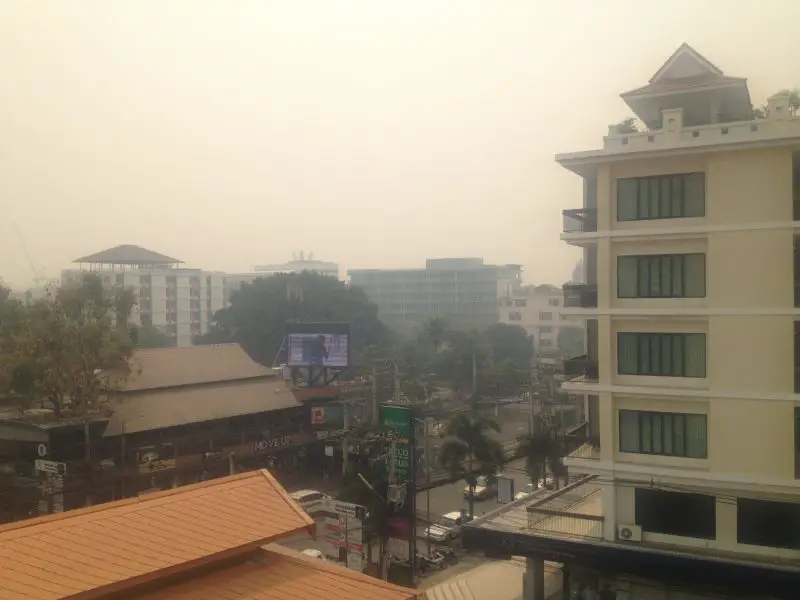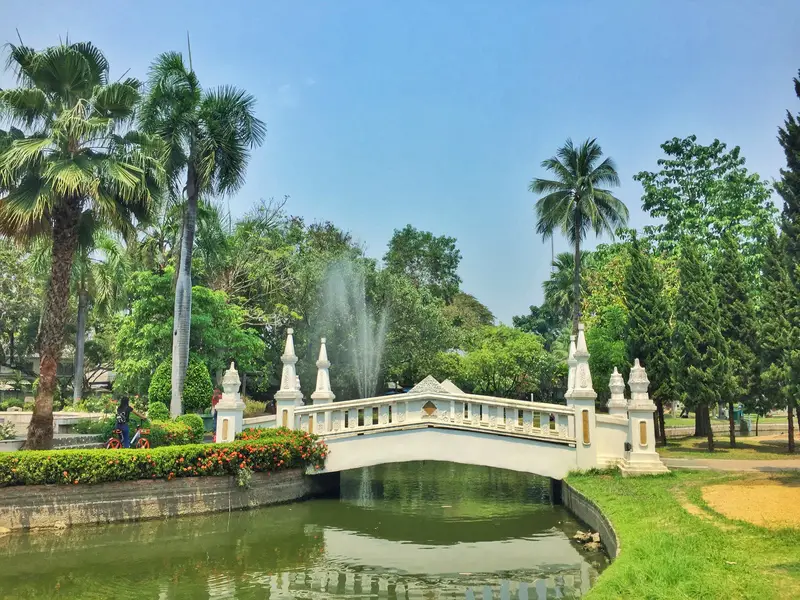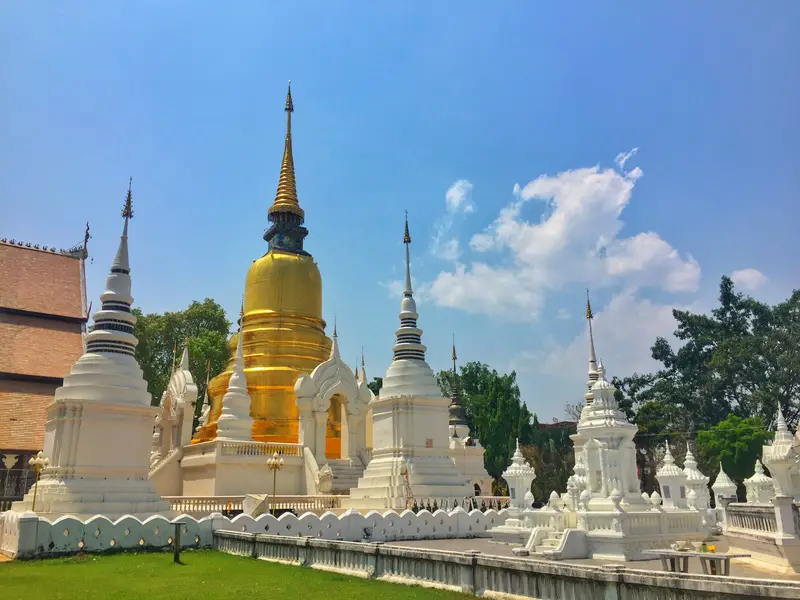Hot season, cold season, rainy season, high season, low season, burning season…all the seasons!
Rather than dealing with summer, winter, autumn/fall, and spring-like you’re used to, understanding the best time of year to visit Chiang Mai can be overwhelming.
Having spent nearly 18 months in Chiang Mai over the last five years, I’ve experienced the different seasons (and their meanings) and understand what is involved in each.
To start with I’ll explain what the different seasons mean before breaking the periods down into separate months and chatting briefly about what you might expect.
- Hot Season: After Songakran in mid-April the hottest time of the year arrives with temperatures during the day reaching 40 degrees celcius consistently until the end of May.
- Cold Season: Cold is relative, but during December and January the night time temperatures will have you wanting to wear something with long sleeves, even jeans might be a comfortable choice for you.
- Rainy Season: Also known as monsoon season, Chiang Mai rainy season is nothing compared to the south of the country. The monsoons are heavy from time to time though, and the season is generally considered May to October.
- High Season: The high is in regards to the number of tourists visiting Chiang Mai.
- Low Season: During the months of May to October tourism drops significantly with the low season more or less matching the low season.
- Burning Season: The Chiang Mai burning season is one you might be hearing of for the first time. It can make your visit a nightmare as the farmers burn their crops in preparation for the following year. The general time for the season is from December to February-ish.
If you forced me to answer when is the best time to travel to Chiang Mai? November.
I’ll now talk briefly about the different times of the year and what you can expect as the festivals in Chiang Mai are definitely something you need to consider when visiting! They’re an awesome experience.
Visiting Chiang Mai in December to March
Relevant Seasons: Cold season, high season, burning season.
This is the time when two of the biggest festivals in Chiang Mai happen. Loy Krathong is in early November and the Flower festival happens in February.
With the monsoon season finishing up (if not finished entirely), you can enjoy the cooler evenings during what is essentially winter in Chiang Mai. The daytime temperatures are awesome. In the early 30’s and cooler in the evening (especially if you’re on a scooter).
The tourism peaks now with those looking for an apartment for a month around Christmas often finding many buildings are sold out. There are always hotels, hostels, and airbnbs available though.
The only downside is burning season, which isn’t consistent but will start at some point and might well affect your stay in Chiang Mai. Many expats escape to the beach in January because of it, a clear sign it’s not necessarily the best time to go to Chiang Mai…but if you’re in reasonably health you should be fine for a short stay.
Visiting Chiang Mai in April to May
Relevant Seasons: Hot.
Songkran! In mid-April, the Thai New Year celebrations are massive all over the city.
Once Songkran is finished in the temperatures start to soar up to 40-42 degrees every day. You’ll find people aren’t out and about on the street during the afternoons with the conditions simply too hot for comfort. Of course, if you’re on vacation you suck it up and at least you know what you’re in for. There are still plenty of tourists around but the traffic isn’t quite as crazy as December and January.
Visiting Chiang Mai June to November
Relevant Seasons: Rainy(monsoon)/low.
During Chiang Mai’s rainy season, tourist numbers drop significantly which is noticeable when you’re walking around the Old Town in particular. You’ll find everything is still running though, there’s no closure of tours and cooking schools as a result.
The rain can ruin plans, especially excursions outside of the city but with plenty of things to do in Chiang Mai you shouldn’t be bored (there’s always more food). Usually, the rains are predictable allowing you to plan your day accordingly.
Prices tend to be slightly cheaper across the board for accommodation too. Just pray you don’t come when the rain doesn’t stop all day for a few days.
Pro tip: You can tell when the rain is minutes away when the wind picks up out of nowhere, a warning sign to get you and your scooter off the road before it becomes a death trap.
So, as you can see, the Chiang Mai weather by month varies significantly and does play a role on deciding whether it’s worth visiting the city or not.
Feel free to ask any questions and I’ll do my best to send you a response right away.
RELATED POST: ALL POSTS ON CHIANG MAI FROM TIKI TOURING KIWI





